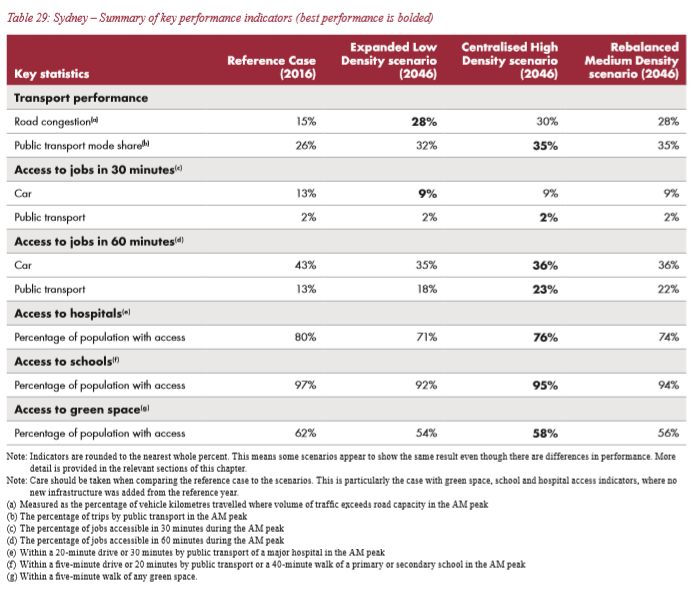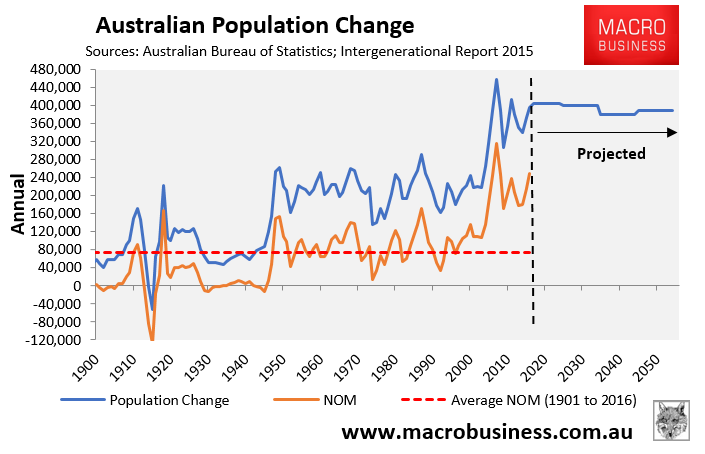The propaganda used to support a ‘Big Australia’ never ceases to amaze. The latest dose of idiocy comes from Domainfax, who claims that increasing density would be good for our health:
The Domain Healthy Sydney study, authored by Deloitte Access Economics and Tract Consultants… showed that some of the city’s densest suburbs — like Waterloo, Breakfast Point, and Bondi Junction — rated well due to high scores for access to fresh food, ability to use active transport to get to work and the provision of public open space…
Dr Lucy Gunn, research fellow at the Centre for Urban Research at RMIT University, said there was an economic argument that underlined density.
“It really comes down to the fact that people need services, people need public transport … without [people] there is no point providing [services] and that’s what tends to happen in outer and middle suburbs,” Dr Gunn said.
Linley Lutton, Adjunct Senior Teaching Fellow in Urban Planning and Design, University of Western Australia, has taken a different view arguing that Australia’s vanishing backyard is placing our health at risk:
Private and secure backyards are places where people can retreat from the relentless pressures and intensity of city life. This sort of open space may provide the essential nurturing environment city dwellers need to cope mentally and physically with the stresses of their lives… its loss could well be increasing the risks of physical and mental health problems among city residents…
Today, evidence shows us that city dwellers, while benefiting from the advantages of city living, also suffer.
For instance, they are more likely to experience anxiety and depression, and their risk of psychosis increases dramatically. City dwellers have been shown to have a 39% greater risk of mood disorders and a 21% added risk of anxiety disorders compared to rural dwellers…
A recent review of 50 studies shows that an environment devoid of nature may have undesirable impacts on health or quality of life. Part of the problem lies in the visual absence of plants and landscape.
Research also finds that play-oriented green spaces benefit children’s mental development…
[Without backyards] children have to use indoor spaces for recreation. This usually take the form of sedentary entertainment sources such as television and electronic games, adding to a great public health problem confronting our children. Obesity is associated with a lack of exercise as well as eating fast food…
Reducing open green space is also increasing urban temperatures, with major physical health consequences… It has been known for many years that the best way to combat urban heat is by providing well-landscaped open spaces with large trees. This is the very type of space that many large backyards provided…
Obviously, what would be best for Sydney’s health is to stop the mass immigration madness, and to prevent the city from ballooning to 8 million people and beyond.
Infrastructure Australia’s recent modelling proves this point by showing that all indicators of liveability – including access to green space – will worsen as Sydney’s population expands to 7.4 million people by 2046, irrespective of how the city is built-out:

A ‘Big Australia’ is a direct policy choice, not inevitable. For the sake of maintaining Australia’s famed quality of life, immigration must be returned to historical levels.

Otherwise, Australia’s major cities risk morphing into Asian-style high-rise ghettos.

